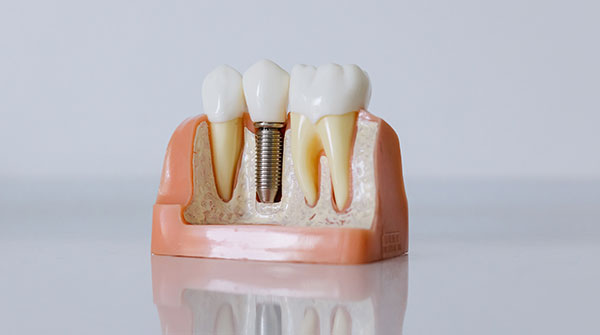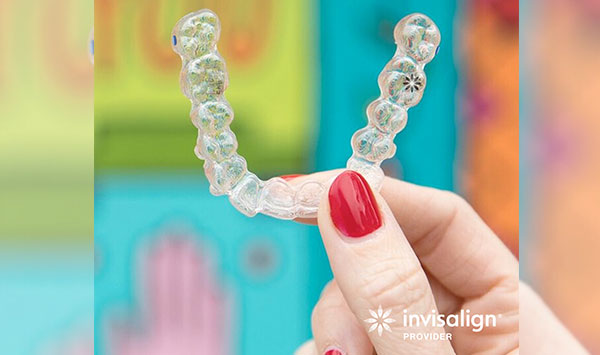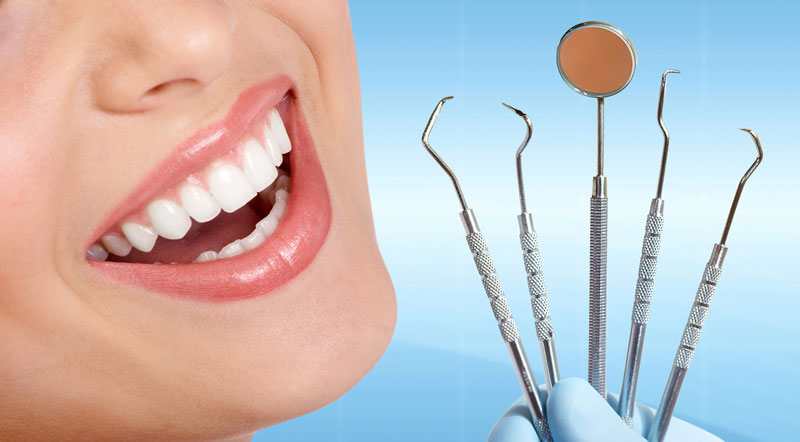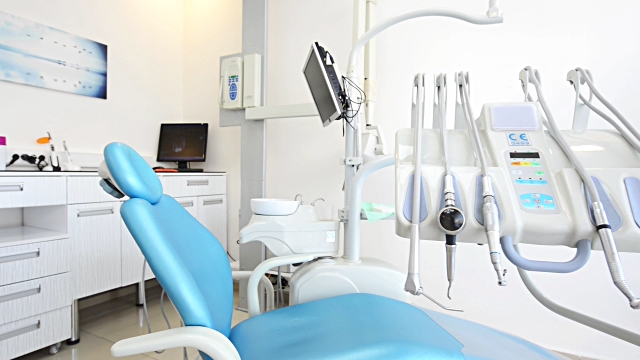Blog
Tips for Healthy Teeth and Gums
April 26, 2017 / DENTISTRY

FLOSS FIRST OR BRUSH FIRST?
Flossing first makes brushing your teeth more effective by removing food that gets trapped between teeth. If handling floss flusters you, look for floss holders at the drugstore. When it’s time to brush, angle bristles 45-degree at the gum line, then brush gently, moving the brush back and forth. Then, rinse with an antibacterial mouthwash to help get rid of any leftover plaque.
GO EASY WITH TOOTHPICKS
If you don’t have floss, a toothpick will work to remove food stuck between teeth, but be gentle. It’s easy to press too hard and damage your gums, or even worse, break off a toothpick below the gum line. Floss helps remove food from between teeth better than a toothpick and fights plaque buildup by getting rid of bacteria that form there. Regularly using a toothpick to remove food trapped in a single area may indicate a bigger problem that requires a dentist’s attention.
REPLACE YOUR TOOTHBRUSH
Toothbrush bristles fray, flatten and wear over time. To help keep your smile bright, replace your manual toothbrush every three or four months; for electric toothbrush heads, follow the manufacturer’s advice. Feeling sick? Avoid harboring germs by replacing your toothbrush at the beginning and end of your illness.
SAY CHEESE FOR WHITE TEETH!
The casein and whey protein in cheese can help keep your tooth enamel in top form by reducing demineralization. A bonus: Cheese also has vital, tooth-building calcium. Don’t forget to include vitamin D in your diet, which helps your body absorb calcium. A few vitamin D-rich foods include milk, egg yolks, and fish.
REGULATE YOUR ACID REFLUX
If you have acid reflux, you’ll want to get it under control to help preserve tooth enamel and oral health. Common foods and drinks that trigger reflux include chocolate; alcohol; caffeinated drinks like soda, coffee, and tea; garlic and onions; dairy; tomatoes; citrus fruits; mint; and spicy, fatty, or fried foods.
TAKE CARE OF YOUR TONGUE
Tackle bad breath every time you brush — take the time to brush or scrape your tongue, too. Your tongue plays host to the bacteria that help cause bad breath, so giving it a scrub, or using a tongue scraper daily, can help reduce odor-causing compounds.
Archive





















